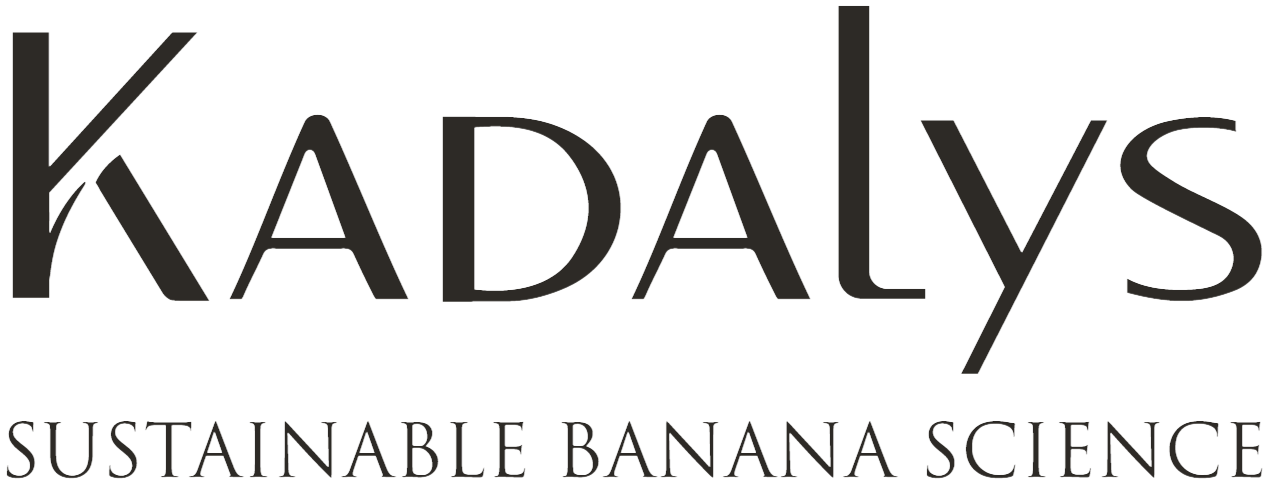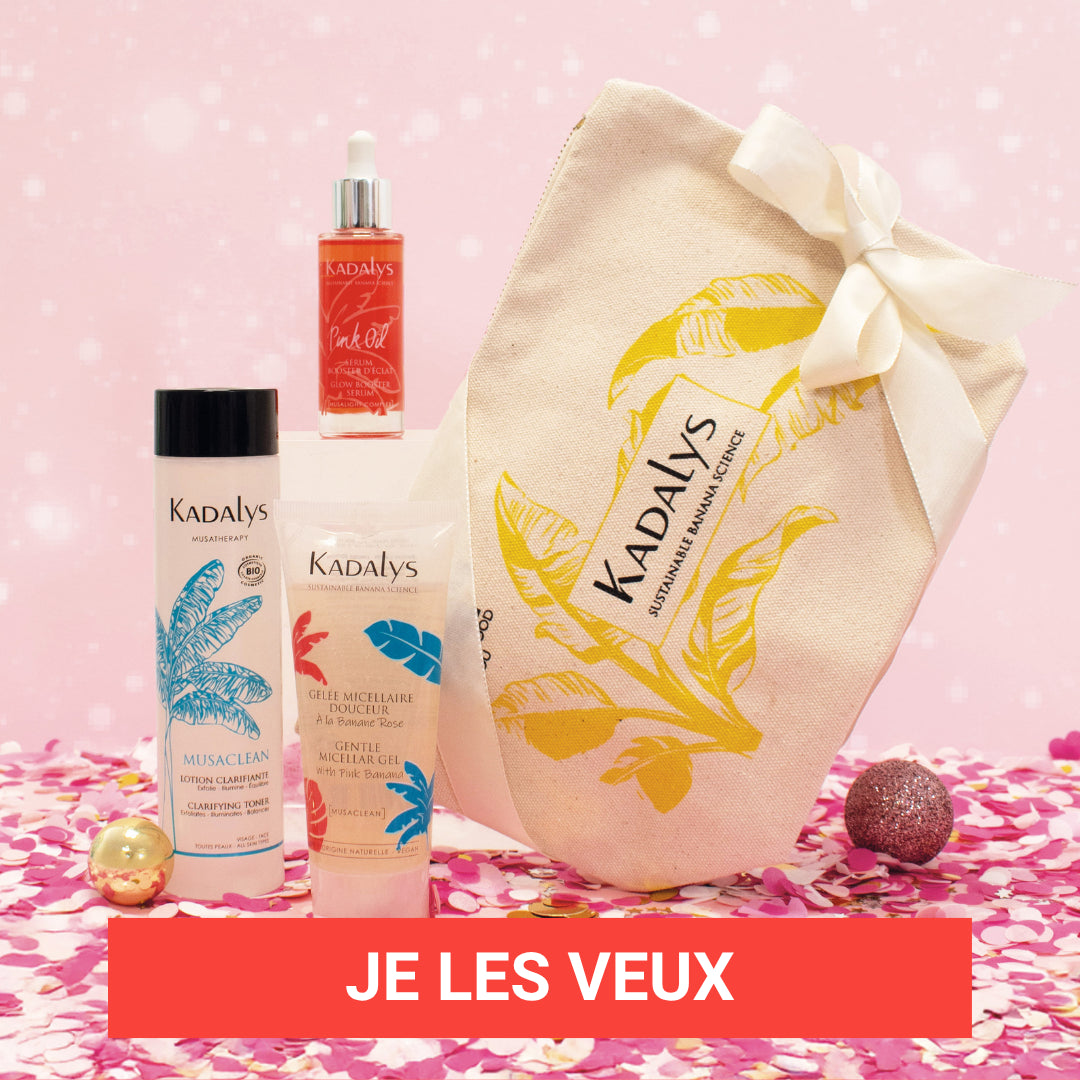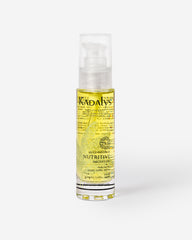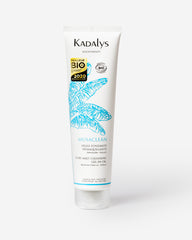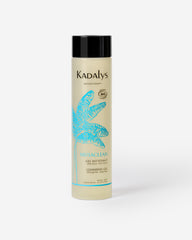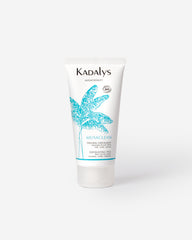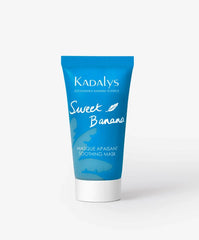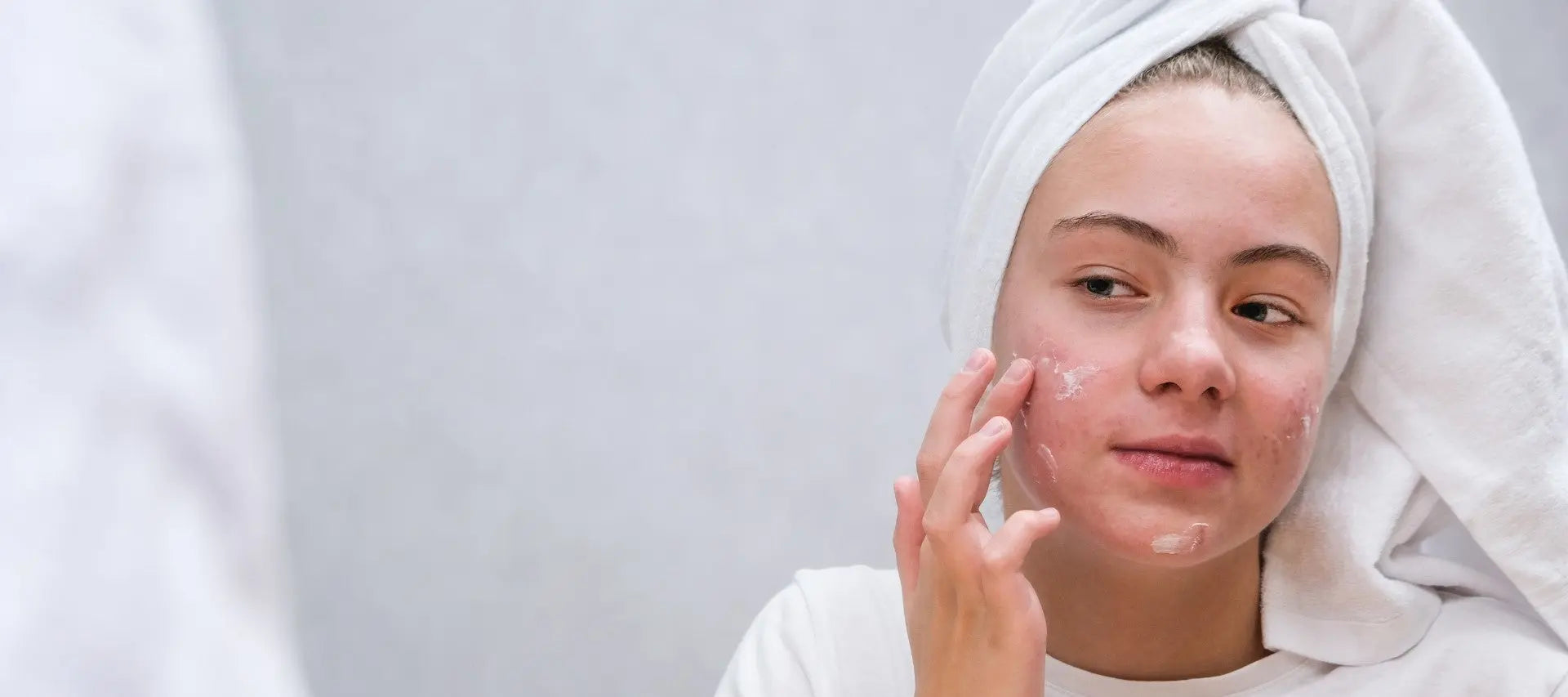
Retentional Acne vs. Inflammatory Acne: Understand everything
In the complex world of dermatology, acne looms large, affecting many people at all ages. Two main forms are distinguished: retentional acne and inflammatory acne. These skin problems are often ignored or confused. In this article, we will dissect the mechanisms behind these two types of acne, explore their causes and symptoms in order to provide you with sound advice for managing them effectively. We give you the keys to being able to actively fight your acne.
SUMMARY
I) Retentional acne
This type of acne is characterized by comedones (blackheads) and microcysts. But where do they come from? Well, it starts at the pores of the skin. When they become clogged due to excess sebum (an oily substance produced naturally by your skin) and dead cells, blackheads appear. There are two types of comedones, those called “open”, that is to say blackheads (oxidized sebum which turns black on contact with air) and whiteheads called microcysts or even “closed” comedones.
These imperfections are mainly present on the T zone of the face (forehead, nose and cheeks, chin), the back, the upper chest, and all areas rich in pilosebaceous follicles. We call a pilosebaceous follicle a small organ located under the skin which produces sebum, therefore comprising a hair and a sebaceous gland.
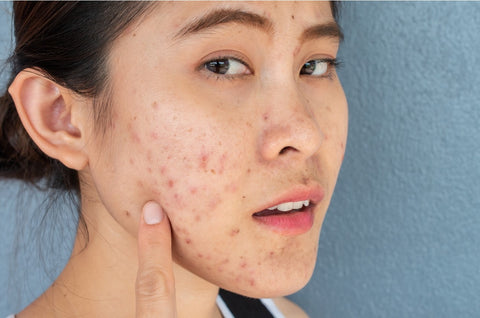
But why do some people have more sebum than others? Several factors come into play.
- On the one hand, hormones, for example, play a crucial role, especially during adolescence, but also at other times of life such as during menstrual cycles or periods of intense stress.
- On the other hand, diet has a certain influence. Indeed, foods with high glycemic indices such as sugary drinks or sweets increase sebum production. Additionally, an imbalance between Omega-3 and Omega-6 fatty acids can also contribute to increased sebum. Omega-3s, which can be found in fish, nuts and some seeds, have anti-inflammatory properties, while Omega-6s, found in large quantities in vegetable oils and processed foods, can promote inflammation and sebum production. We must therefore ensure that we maintain a good balance and pay attention to maintaining a varied diet.
- Finally, the environment also has a role to play. Air pollution can increase sebum production: polluting particles accumulate on the skin and in pores, thus stimulating the sebaceous glands. The objective is for these glands to produce more sebum in order to protect the skin against external aggressions. Likewise, climatic variations, notably humidity and temperature, have a direct impact on sebum production. For example, a hot, humid climate can lead to excess sebum, while a cold, dry climate can reduce its production.
Now you may be wondering: do all blackheads turn into inflammatory acne? Not necessarily. It depends on many factors, including how you take care of your skin. But before we get into care, let's take a closer look at inflammatory acne.
II) Inflammatory acne
Inflammatory acne, strongly related to retentional acne, occurs when lesions, such as comedones and microcysts, become inflamed. This process is often triggered by an immune reaction (the immune system detects bacteria as a threat and mounts a response to eliminate them) in our body against bacteria that has built up in our pores. This reaction becomes inflammatory and is revealed by red lesions (called papules), swelling and sometimes even slight pain in the affected area.
The signs of inflammatory acne are therefore generally more obvious and more painful than those of retentional acne. Indeed, they are recognizable by these papules (small red and hard bumps), pustules (similar to papules but filled with pus) and, in more serious cases, nodules and cysts, which are deep and painful lesions underneath the skin.
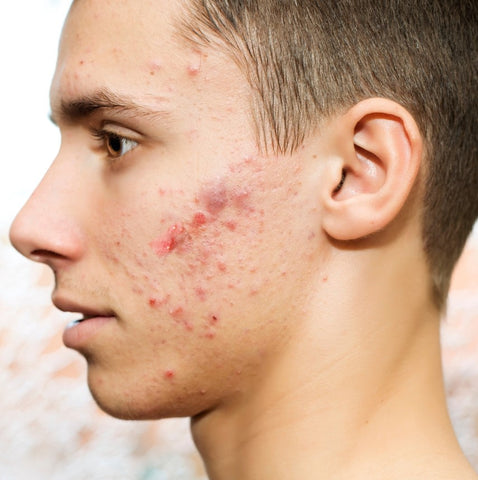
The causes of inflammatory acne are similar to those of retentional acne, but with an added element: the immune response. This means that in addition to managing sebum and dead cells, you also need to consider your immune system and overall health.
III) Our advice to fight against this acne
Please note that the advice presented in this article is for informational purposes only and does not in any way replace the advice and monitoring of a professional. Each individual requires a personalized approach to acne treatment. We strongly encourage you to consult a qualified dermatologist to obtain a diagnosis and treatment plan tailored to your situation.
However, it is possible to effectively combat these two types of acne thanks to a suitable skincare routine, which includes the use of non-comedogenic products, that is to say a product that does not contain substances likely to cause clog the pores of the skin and therefore do not lead to the appearance of pimples.
- Start with a gentle cleanser like our Cleansing Gel, formulated without soap. It cleanses without attacking the skin and purifies it by removing all impurities and bacteria.
- Follow with a glycolic acid (AHA) chemical exfoliant to remove dead skin cells and prevent clogged pores. Our Exfoliating Peel helps the skin to get rid of dead cells and blackheads without causing micro-scratches thanks to an enzymatic action which leaves the skin texture refined.
- Finally, refine your routine with our Purifying Creamy Mask, rich in White and Yellow Clay to gently absorb excess sebum and toxins. Pores are unclogged and skin is mattified.

Finally, our somewhat classic but nevertheless essential advice is to resist the urge to touch or pierce your pimples. This can not only make the inflammation worse, but also lead to scarring.
By following these tips and choosing suitable products, you can take control of your acne, whether it is retentional or inflammatory. Remember, every skin is unique, so what works for one person may not work for another. The important thing is to listen to your skin and its needs.
